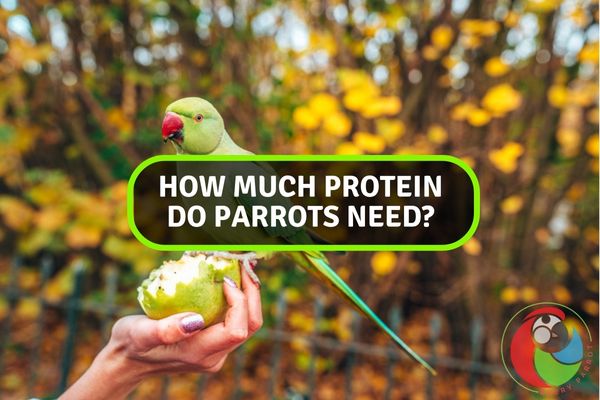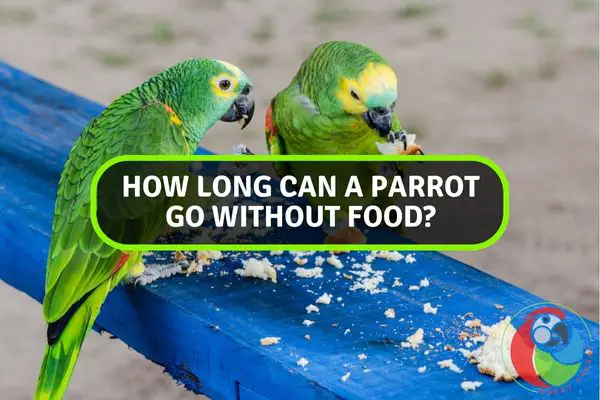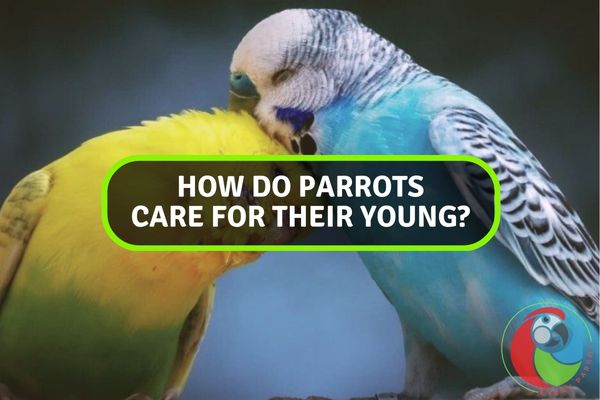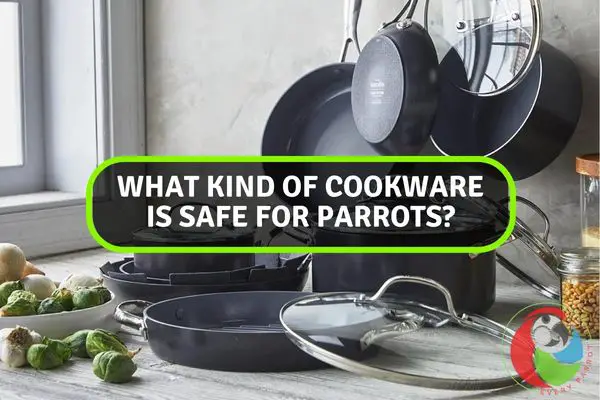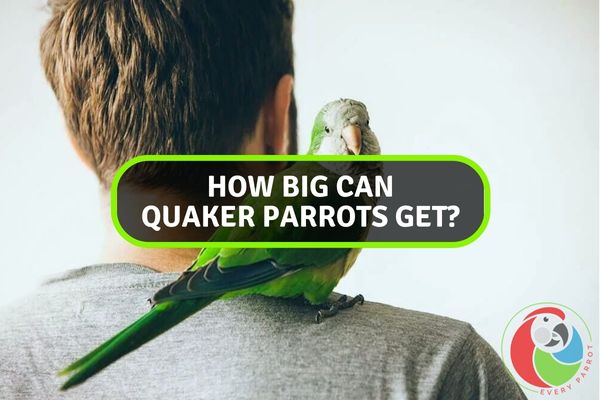What Predators Hunt Parrots?
In the vibrant world of tropical avifauna, parrots stand out as colorful and charismatic beings. However, these intelligent and social birds are not exempt from the circle of life, and several predators lurk in their ecosystems.
Native to the Americas, parrots face threats from both aerial and terrestrial hunters. Raptors such as hawks and eagles, with their keen eyesight and formidable talons, pose a constant aerial menace to parrot flocks. On the ground, opportunistic mammals like snakes and feral cats become stealthy adversaries.
This delicate balance of predator and prey highlights the challenges parrots encounter in their natural habitats, underscoring the intricate web of life that defines these enchanting avian ecosystems.
Natural Predators of Parrots
Birds of prey, including eagles, hawks, and falcons, are among the most common natural predators of parrots. Their powerful talons and sharp beaks allow them to swiftly kill adult parrots. They also prey on eggs and chicks in nests.
Eagles
Large eagle species can prey on parrots, especially macaws, amazons, and cockatoos. The harpy eagle is perhaps the most notorious parrot predator. This massive bird of prey, with claws larger than a grizzly bear, is well-adapted for hunting in rainforest canopies.
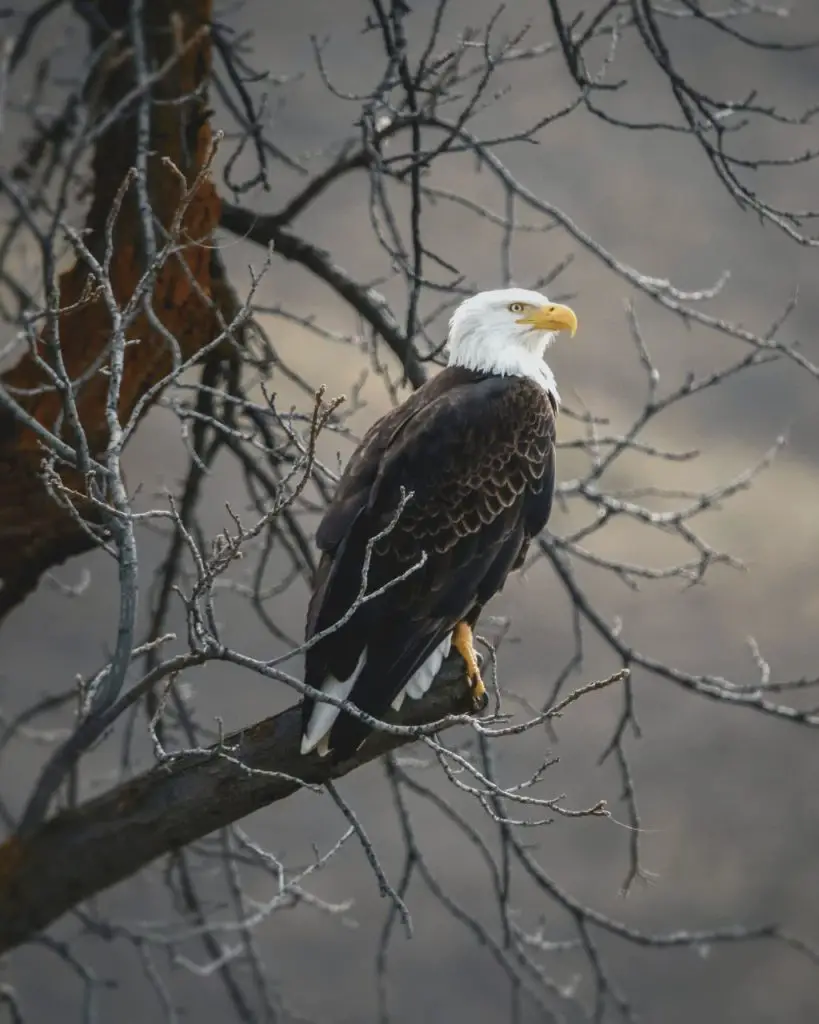
Hawks
Forest-dwelling hawk species like the black hawk-eagle also prey on parrots. The Cooper’s hawk and sharp-shinned hawk are examples of smaller hawks that prey on budgerigars and other small parrot species.

Falcons
The peregrine falcon can reach speeds over 200 mph when diving on prey, making it deadly for fast-flying parrots like budgies and cockatiels. Other falcons like the bat falcon prey on parakeets and conures’ in Central and South America.

Snakes
Snakes employ different hunting strategies to prey on parrots, especially chicks and eggs. The two major groups of snakes that prey on parrots are:
Boas
Boa constrictors and rainbow boas constrict parrots to kill them. They climb into trees and attack roosting parrots and nests. emerald tree boas rely on their green color as camouflage.

Pythons
Reticulated pythons and other large python species are also arboreal hunters. Their sharp teeth allow them to seize and kill adult parrots. Pythons are notorious for raiding nests and consuming eggs and babies.
Mammalian Predators
Mammals like wild felines and canines also hunt parrots. They may climb trees to reach nesting parrots or attack them when they descend to the ground.
Arboreal predators
Kinkajous, olingos, and certain coatis and lemurs are examples of tree-dwelling mammals that prey on parrots. Most are nocturnal, hunting sleeping parrots.
Ground-based predators
Foxes and wildcats like ocelots’ hunt parrots after they leave the safety of trees. Jaguars also expertly climb trees to ambush roosting parrots. Even pets like cats can seriously injure grounded parrots.
Human-Induced Threats
While natural predators have always hunted parrots, human activities have amplified threats. Habitat loss, illegal trade, and climate change make parrots far more vulnerable.
Deforestation and Habitat Loss
Widespread deforestation depletes food sources and nesting sites. With fewer trees, parrots are easier for predators to catch. Fragmented habitats also limit flocking, which helps parrots detect predators.
Increased Vulnerability to Predators
Logging roads grant predators like wild cats access to rainforest canopies to hunt parrots. Lights from human settlements can disorient fledglings, leaving them prone to daytime raptor attacks.
Illegal Pet Trade
Smugglers violently capture wild parrots, often killing some in the process. Parrots poached from the wild are very vulnerable to traveling to illegal markets. Stressed parrots have weakened immune systems and high mortality rates.
Capture and Trafficking
Rough handling and cruel transport methods lead to high death rates. Dehydration, starvation, and disease from overcrowding and unsanitary conditions kill many more en route. Estimates suggest over 66% die in transit from poacher to purchaser.
Vulnerability in Captivity
Captive parrots face dangers like escapes, attacks by domestic animals, collisions with windows and cars, and accidental poisonings. Without survival instincts honed in the wild, escaped pet parrots rarely survive.
Strategies Employed by Parrots to Evade Predators
Parrots exhibit evasive strategies to thwart predators, such as swift flight maneuvers, mimicry of surrounding sounds, and adept hiding in foliage. These adaptive behaviors enhance their chances of survival.
Camouflage and Mimicry
Parrots use camouflage and mimicry to evade predators. Their bright colors help them blend into leafy, flower-filled rainforest canopies. Some parrots even mimic the appearance of more dangerous animals.
Green parrots like the green-rumped Parrotlets can appear well-hidden in forests. The maroon-bellied parakeet has green upperparts that conceal it in foliage. The barred parakeet’s barred plumage resembles shadows and light filtering through leaves.
Some parrots mimic the color patterns of predators. The hawk-headed parrot resembles a hawk, possibly limiting attacks. The rufous-fronted wood-quail mimicry by the golden parakeet may deter predators too.
Mimicking Sounds to Confuse Predators
Parrots copy calls of predators to confuse them or warn others in their flock. The yellow-eared parrot copies hawk calls as an alarm. Some parrots even mimic predator vocalizations to scare off competitors and steal their nests.
Group Behavior
Parrots flocking together helps protect individuals. More eyes watch for predators, alerting others to danger with loud alarm calls. Being part of a large, noisy flock can intimidate predators.
Flocks make targeting specific parrots difficult for predators. And if attacked, parrots mob predators together and may sacrifice themselves to save relatives sharing their genes.
Conservation Efforts
Parrot conservation involves protecting habitats, enforcing anti-poaching measures, and promoting responsible pet trade. Educating communities fosters awareness, vital for the survival of these colorful avian species.
Preservation of Natural Habitats
Protecting parrots’ rainforest and savannah ecosystems is crucial for protecting parrot populations. Logging, mining, ranching and agriculture destroy vital breeding and foraging habitats.
Safeguarding corridors between isolated habitats helps parrots migrate and maintain genetic diversity. Reduced threats also decrease stress, improving immunity and reproduction.
Trafficking Measures
Ensuring strict enforcement of trafficking laws helps deter poaching and illegal trade affecting parrots. Communicating legal consequences and improving public awareness helps reduce consumer demand further.
Cooperating internationally ensures protection across parrots’ ranges. Controls on capturing from the wild and breeding can regulate the pet trade too.
Conclusion
In the intricate tapestry of nature, various predators pose threats to parrots, disrupting the vibrant ecosystems they inhabit. Indigenous avian predators, such as hawks and eagles, are significant contributors to parrot predation.
Furthermore, introduced species like snakes and mammals, driven by altered habitats and human activities, further jeopardize parrot populations. The delicate balance between predators and prey underscores the importance of conservation efforts to safeguard these colorful avian gems from an array of potential threats in their diverse habitats.


